The history, geography, and economic circumstances of the Small Island Developing States (SIDS) of the English-speaking Caribbean have bequeathed them distinctive and interrelated vulnerabilities. These include their small size and relative isolation, environmental issues (lack of natural resources, exposure to natural hazards, and greater susceptibility to climate change), economic challenges (lack of competitive advantage, prevalence of informal economies), weak institutional structures, human resource constraints, high costs of basic infrastructure, and energy insecurity. To add, their impact is exponentially increased by social challenges that include, among others, the preponderance of female-headed households in tandem with the feminization of poverty; the loss of human capital to metropoles (“brain drain”); health challenges such as HIV and AIDS and non-communicable diseases (NCDs), as well as drug addiction; and the impact of narco and human trafficking as these states have become transshipment points, with all of the attendant impacts on human security.
All of these realities confer a unique and urgent set of challenges for the development of these SIDS. As such, traditional approaches to foreign policy and security are incapable of adequately addressing them, given their interconnected and complex nature. Redefining the region’s view of what security means—specifically with an eye toward gender issues—may be key to engaging new and imaginative approaches.
Redefining security in a people-centered foreign policy
Anne-Marie Slaughter’s call for a “people-centered foreign policy” has been instrumental in broadening the field’s focus beyond the mainly traditional notions of security to one where security is more broadly formulated and operationalized. Specifically, it’s important for foreign policy experts and practitioners to not see women as passive agents of development.
This brings to mind a vivid example of how a more nuanced, expanded understanding of gender dynamics could have influenced international policies. The “Washington Consensus” of the 1980s—whose structural adjustment mechanisms had a disproportionate impact on female-headed households in some Caribbean SIDS and other developing countries—underscored that security transcends force, militarism, war, and peace, and encompasses public health, social security, the well-being of families, and the resilience of communities. These “soft” issues are in fact the most urgent challenges, as Madeleine Albright reminds, ultimately jeopardizing the sustainability of the “harder” version of security, often operationalized to maintain public order and safety.
This is one of the best rationales for gender’s inclusion as a crosscutting issue in all policymaking, not just foreign policy. For if foreign policy is basically the collective strategies used by a state to secure its self-interests and achieve its regional and international goals, then the aim of these SIDS’ foreign policies should be to pursue strategies that best position them to maximize their development potential.
Thus, pursuing policies that safeguard the collective security of its nationals should include formulating programs that address gender-based discrimination, diversity, and a lack of equity, all of which constrain development. Doing so will allow the SIDS of the Caribbean to better uphold the principles of good governance, a hallmark of which is more robust systems for human rights protections. This aligns with what international development efforts have shown over the past few decades: that when policies expand people’s potential and capacities, we create tides that lift all boats, not just the more seaworthy ones. Ensuring that gender equity is a pillar of foreign policy is therefore central to engendering security and sustaining resilience in these SIDS, but also in any country seeking long-term sustainable development.
The need for a people-centered foreign policy in Trinidad and Tobago
A key example of the intersection between human security, gender-based inequities, and the successful anchoring of more inclusive foreign policies within a human rights framework is the recent amendment of child marriage laws in Trinidad and Tobago. The country’s colonial history bequeathed a multiculturalism characterized by ethnic and religious diversity, with Catholicism, Anglicanism, and Hinduism having the largest numbers of adherents, while Islam, Presbyterianism, Baha’i, Pentecostal, Spiritual Baptists, and Judaism are also represented.
One consequence was the regulation of marriage under four marriage acts, where the age of marriage for girls ranged from 14 to 16 and for boys was set at 18. Decades after the acts were codified, those laws remained in place, putting the country at odds with its human rights commitments. In December 2016, after several calls by civil society, the government announced its intention to amend the respective laws, triggering opposition from some Hindu, Muslim, and Spiritual Baptist leaders. The decision drew an equally incensed response to this opposition, from those advocating for change. In a step that illustrated the government’s and the wider community’s grasp of the need to definitively address the issue, the statutes were eventually amended with the legislation being unanimously passed on Friday, June 9, increasing the age of marriage to 18. However, the divisive nature of the debate highlighted—among other things—the gap between foreign policies (which on paper professed a commitment to human rights and gender equity) and domestic programs (which did not adequately operationalize or integrate those principles). This underscored the need for a clear plan of action to integrate human rights and gender equity through a whole-of-government approach.
Moreover, while it may be argued that the figures for adolescents who marry were relatively low—with UNICEF estimating that 2 percent of girls were married by 15 years old and 8 percent by 18 years old—the country’s attorney general noted that 3,478 child marriages occurred between 1996 and 2016. In a small country such as Trinidad and Tobago, this merits immediate attention. To compound the problem, of that figure, 3,404 were girls while 74 were boys under the age of 18, illustrating the pervasive influence of long-standing beliefs about the role of girls and women.
It is perhaps evident therefore, that the fact that such laws were retained suggests first, a degree of societal comfort at some level, with the philosophy and value system underpinning the marriage of young girls’; and second, a lack of urgency on the part of government agencies and society with respect to seriously addressing increasing rates of domestic violence and the overall treatment of women and girls. Finally, the inadequate integration of human rights and gender equity into foreign policy perpetuates a narrow view of what constitutes domestic and regional security.
A Human Rights-based Approach can expand the definition of security
There is a way to rectify this.
The bedrock human rights principles of empowerment, participation, accountability, transparency, non-discrimination, and international cooperation are integral to strengthening systems of governance that can sustain resilience. Applying a Human Rights-Based Approach (HRBA) to mainstreaming gender in foreign policy can therefore help expand how security is defined in its broadest terms. This is of key importance, since the main goal of every state’s foreign and domestic policy is to achieve or to enhance its security. Importantly for SIDS of the English-speaking Caribbean—countries that have been on the periphery economically, politically, geographically, and historically for a number of reasons—an HRBA also has the immediate benefit of creating the policy space for such countries to highlight issues peculiar to them, such as the nexus between development and gender equity and other issues like climate change.
In providing a clear framework for determining who has obligations and rights, an HRBA also tends to foster more participatory systems of communication and governance, and can heighten a government’s awareness of its obligations in clear, universally accepted language—which is invaluable for countries currently developing or strengthening their human rights architecture.
Ultimately, by invoking the question of human rights, foreign policy makers can address issues that previously received scant attention with a greater sense of urgency and a sustained commitment to fulfilling international obligations. This will be key to these SIDS achieving their sustainable development goals.
The Brookings Institution is committed to quality, independence, and impact.
We are supported by a diverse array of funders. In line with our values and policies, each Brookings publication represents the sole views of its author(s).
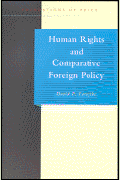
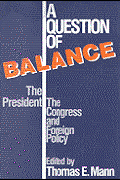

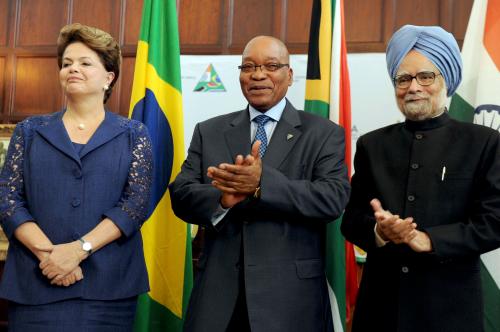


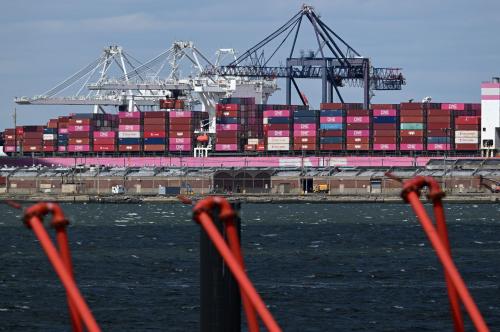
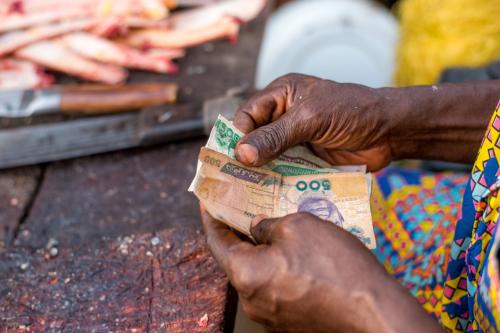

Commentary
Why human security is national security for Small Island Developing States
June 12, 2017